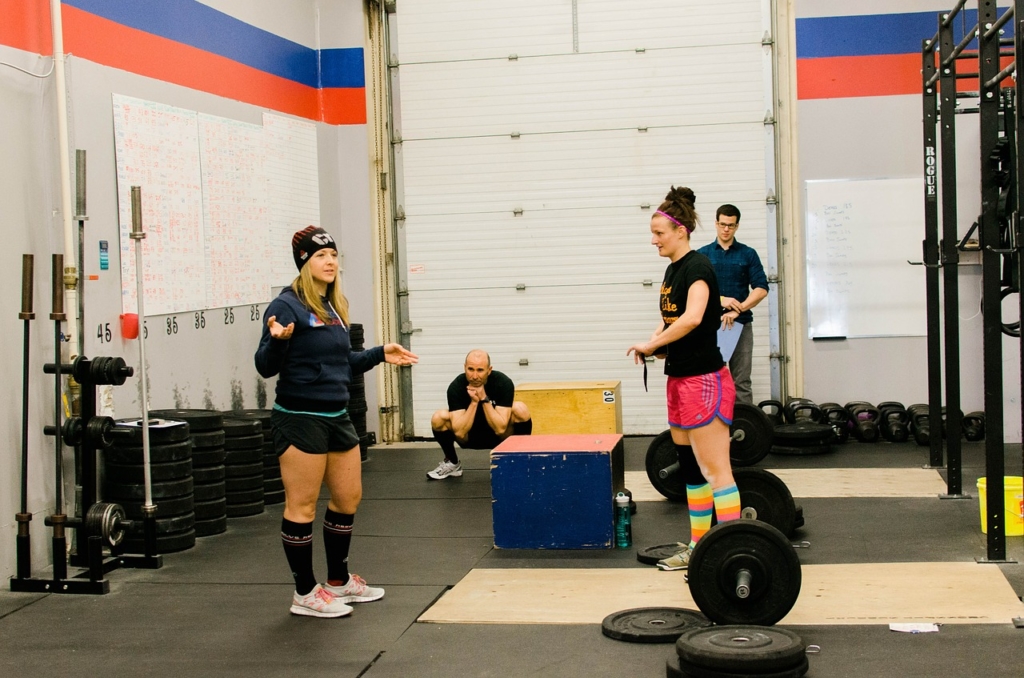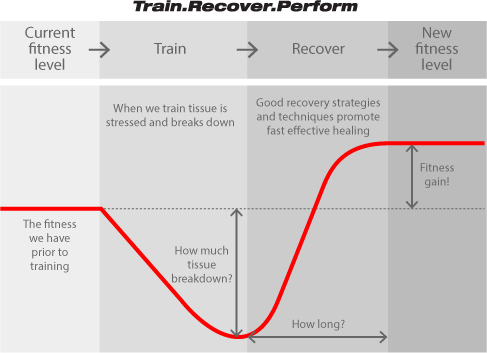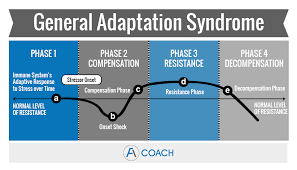
Photo Credit: Max Pixal
It seems as though we hear about overtraining pretty often, and as an OCR trainer, I hear the question from my clients somewhat often. “Am I overtraining?” I usually hear this after a hard week or a series of hard weeks before a de-load week.
Everyone’s body reacts differently to exercise based on their level of training, but we all will eventually reach a level of over-training and this article is aimed at giving you a better understanding of what that is and how it looks. The term “Overtraining”, I personally feel as though this is a commonly overused word used to describe normal aches and pains from training. The term “Overtraining” can be broken down into a few categories that are fairly textbook. The first category is overreaching.
Am I Overtraining?
Overreaching is the basis of what every good trainer’s program. Overreaching is the idea of pushing your body past its comfort levels to elicit an adaptation. Another way trainers focus their training is based on the General Adaptation Syndrome (GAS) [Selye, H. 1936, nature]. The GAS proposed by Han Selye in the 30’s states that when an organism is exposed to stress that organism will have a drop in performance, however, there is a resistance phase in which the organism recovers not just to normal but to a higher level than before in order to overcome that stress. If you apply this to training, if your trainer gives you a workout that causes you to be sore, they have applied a stress to the system. A good stress, but still a stress. The body then recovers to a higher level and we become better. That is how a good program works. You are sore for a couple days, your body recovers and you can go hit it again.

There is an immediate decline in performance when exposed to stress. However, once we normalize that stress performance improves past baseline.
The next step in the process is acute overtraining. Usually after a training cycle, with few to no recovery periods or off days, the soreness doesn’t go away and performance drops can last a few weeks to a month before they recover previous levels. No injury has to occur for overtraining to exist.
Finally, the most severe case of over-training is chronic overtraining. This particular condition is commonly seen in very driven or “Type A” individuals that feel if they take a day off they will miss an opportunity to improve, or that others may catch up to them. Chronic overtraining is usually the result of years of intense training and racing (or other events) with no true downtime. The chronic stage can have implications on not only your performance levels but also with hormonal responses to exercise and even hormone levels in general sometimes taking months to recover, some cases even over a year.
So how do you avoid overtraining? Be smart, listen to your body. If it hurts to try to define the pain. Is it a sharp pain like someone is poking you with a needle? If so you may need to see a medical professional, or at the very least rest until that pain stops with activity. A sharp pain is usually a sign that your body is telling you something is wrong. If your pain is more of a general ache where you are sore from a workout, or it feels like your big brother just punched you in the leg, you are probably ok to continue the activity.
However, be aware of that ache that doesn’t go away.
Tendonitis is a common ache that many obstacle course racing athletes from elite to open wave deal with, if not properly cared for. What was once just an inflamed tissue can progress to tendonosis, in which the inflamed tendon begins to deteriorate thus opening the athlete to a greater risk of injury. Be aware of what is going on with your aches and pains and be honest with yourself about them. As a racer, I would rather miss one week of training in caring for a minor injury opposed to pushing through that injury to have multiple weeks to months of recovery later. That being said if you are closed to an important event or championship race in your season that is a factor you as the athlete will have to weigh for yourself.
Another way to avoid over-training is to find a trainer. Many quality trainers out there will periodize your training, meaning you will have phases in your training. Some phases will be large phases, like an offseason or in-season training. Inside of those big phases are smaller phases where the trainer should be focused on specific adaptations towards your overall goals. At some point, usually every 4-6 weeks, there will be a de-load phase.
For my clients, there is a week of training every month or so depending on race schedule where they will have a decreased load for the week. Be it total miles, or reps in the weight room they will be doing less work that week. Normally for my clients, I reduce the load for both strength work and endurance. Why? If you look back at the GAS model our body needs time to respond to the new stress we applied. That lighter week give the body that time it needs without completely resting for a full week. In some of the more serious cases of over-training, some people may need a full week off for their body to recover. If you talk with a marathoner or ultra runner they may even tell you they need a month to get back to normal after an event.
Every piece of over-training is dependent on the individual athlete and how they respond to the training stimulus.Once you know the difference between the three categories, you should be set to achieve your goals this season.



Leave A Comment